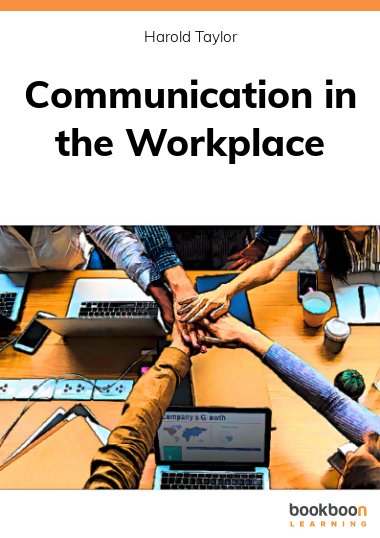Effective communication in the workplace will build trust, teamwork, improved morale and increased productivity. Insufficient or poor communication will do the opposite. It is imperative that managers and entrepreneurs not only understand the basics of the various communication media, such as speaking, writing and listening, but also know how to apply them on the job. This book discusses the major communication media and shows you how to apply them to the common workplace activities such as supervision, training, delegation, meetings and performance appraisals.
About the author
Harold Taylor, CSP, president of Harold Taylor Time Consultants Ltd., and now operating as Taylor In Time, was a Quality Control Supervisor and Plant Manager in industry for 12 years and a teaching master at Humber College of Applied Arts & Technology in Toronto, Canada for eight years before launching into the consulting business. He has been speaking, writing and conducting training programs on the topic of effective time management for over 35 years. He has written over 20 books, including a Canadian bestseller, Making Time Work for You. He has developed over 50 time management products, including the popular Taylor Planner, which has sold in 38 countries around the world. He has had over 300 articles accepted for publication.


